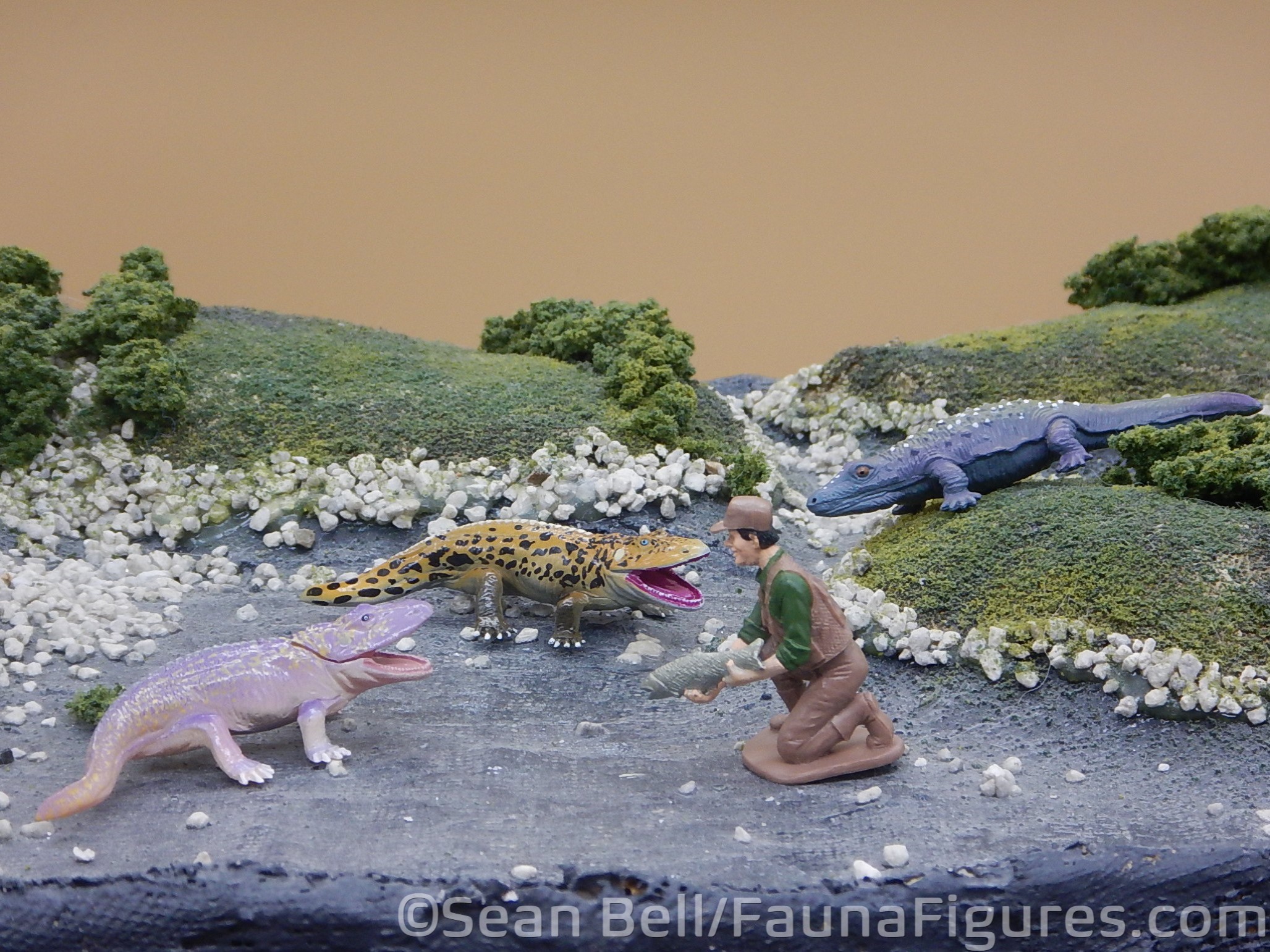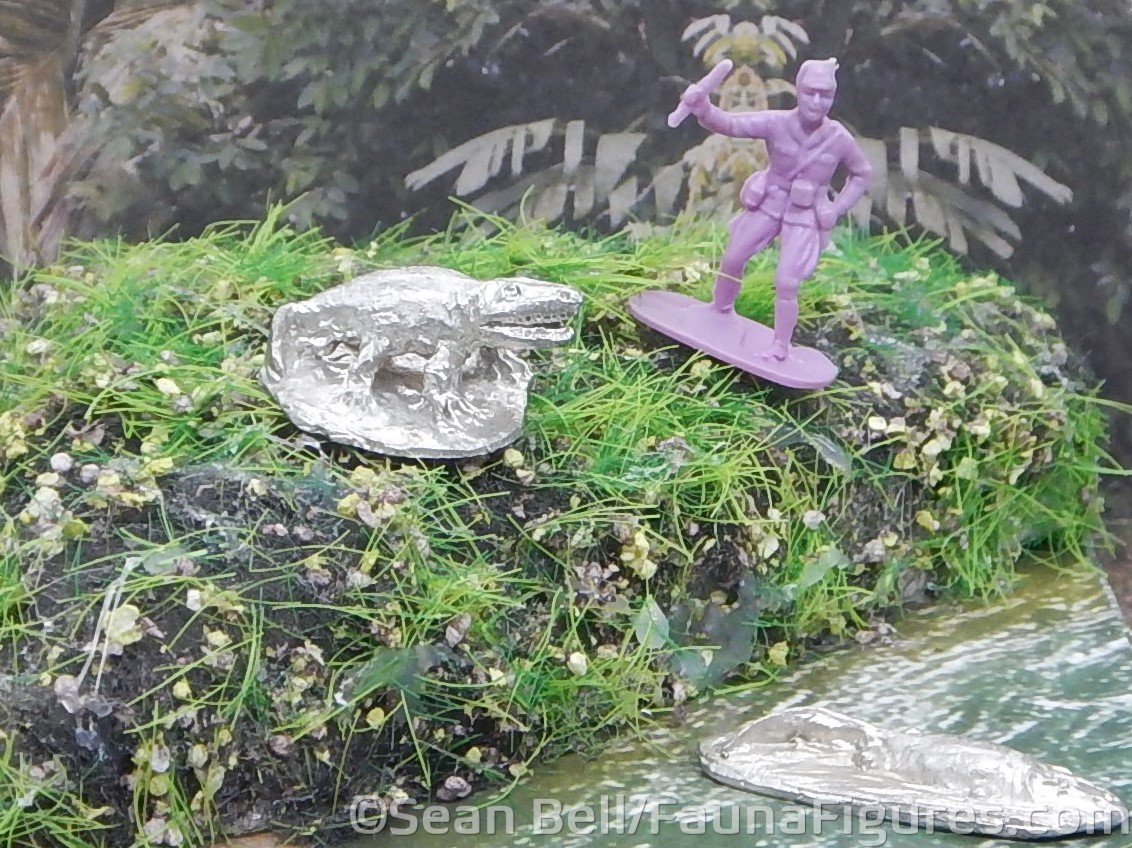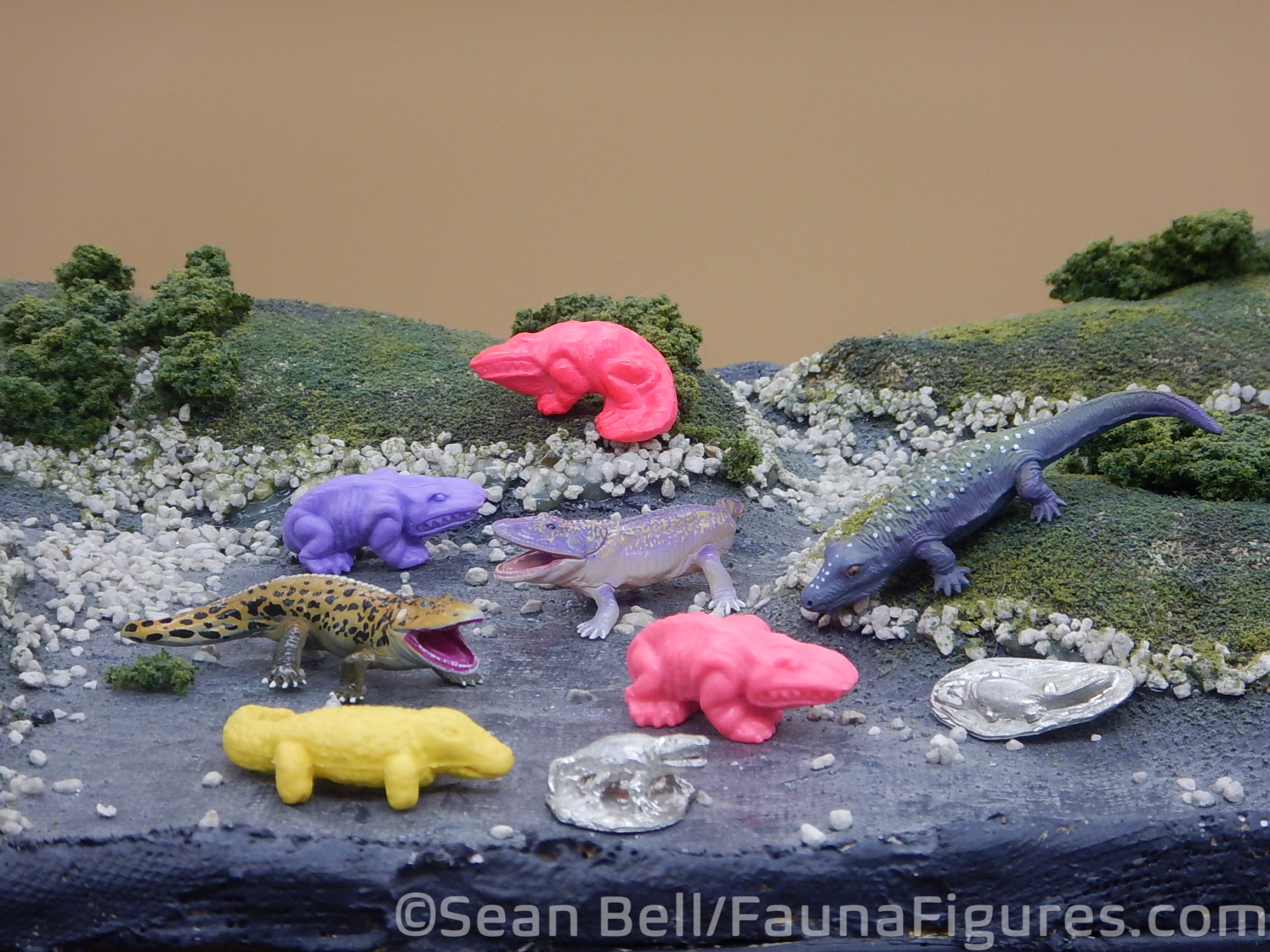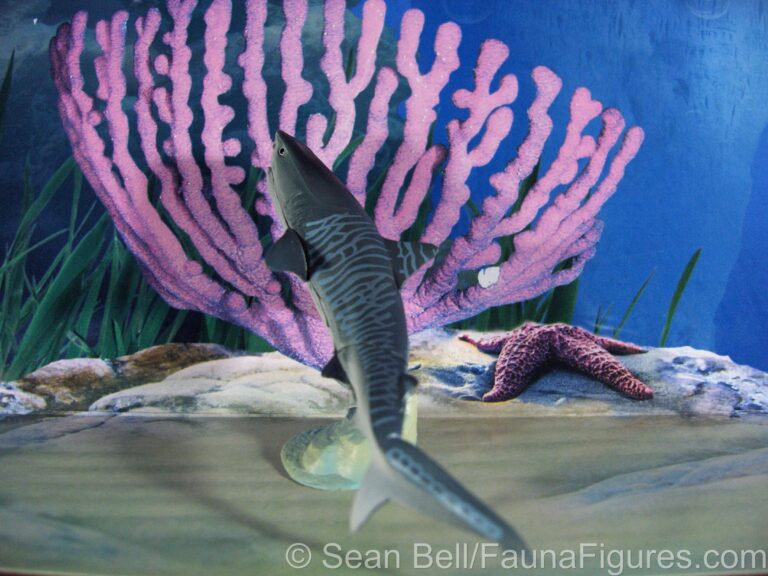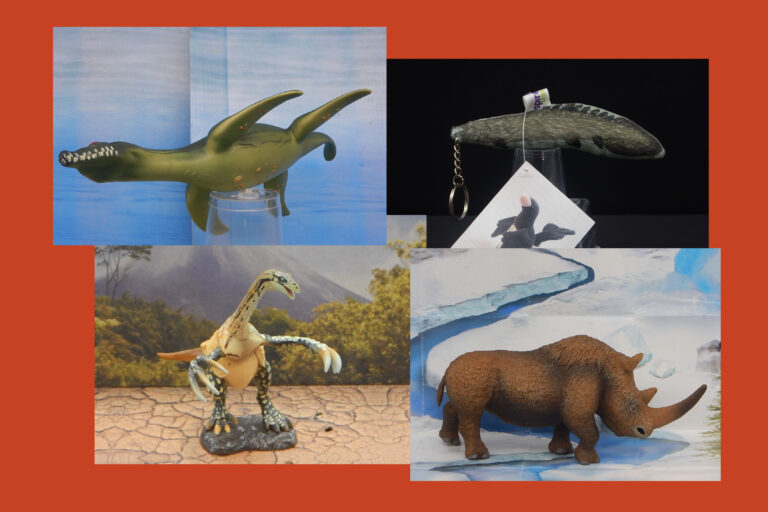We’re back and with another ‘Clades’ post. This time, it will be a paraphyletic one, ‘Eryopiformes’. This is a crown group of the Temnospondyls, and as the name implies, it consists of the famous big ‘amphibian’ Eryops, but also the rest of the ‘Stereospondyls’–and this group may also include the Gymnophiona, the modern caecillians! As it is, when I revamped my database, I organized using grades, clades and useful (to me) breakdowns…so as a group, the Eryopiformes ‘clade’ consists of the representative Eryops/Eryopidae figures, while the Stereopondyli contains the rest as a sister group (and the caecillians, for now, nest within that, because of course I have a few figures of those!). Phylogeny is fun and as long as it makes sense to me, I guess it works. One thing I have learned is that the term ‘amphibian’ is really awkward when applied to these kinds of groups…
There are a number of genera assigned to Eryopidae (which may or may not be valid, as always), but of course the most famous is the namesake Eryops. This is a monotypic genus (only species being E. megacephalus) and possibly among the largest of the group. It is interpreted as averaging 1.5 – 2 metres long (the largest up to 3 metres), having long skulls with broad, rounded snouts and large nares (nostril openings in the skull); these features are considered characteristic of the whole family. The body is thought to be broad and squat, although it does vary in the models–the Play Visions demonstrates a much flatter, compressed animal, while the Dinotales is a higher bodied, almost running crocodilian appearance. Others are more stylized indeed. They were toothy predators, although maybe not quite to the extent seen on the weird Panosh figures!
Large animals, Eryopiformes are generally regarded as being semi-aquatic predators, which might explain the kind of crocodilian look most figures have. Eryops itself is known from the early Permian Red Beds of Texas, concurrent with other famous Permian animals like Edaphosaurus and of course Dimetrodon. These sites have yielded a number of specimens, including skeletons, which might explain why they are popular as reconstructions; their locale probably influences that as well. Other Eryopiformes are known from the late Carboniferous and early Permian of Europe and North America, but so far as I know, none have been commercially produced as figures. These animals might have been much smaller that Eryops; after an admittedly quick look, I was able to find that Clamorosaurus was roughly 23cm long.
Eryops, as far as prehistoric ‘amphibia’ goes, are probably about as familiar a species as we’d expect–maybe the boomerang-headed Diplocaulus sees a little more attention. As a large predator from the Permian, they are an integral part of any image where Dimetrodon and (if you can find one) Edaphosaurus figures are placed. Other Eryopiformes figures are probably not likely, although the small metal Primaeval Designs figures could easily be considered a smaller species like Clamorosaurus; alternatively, given that the figures are very different looking, they could probably fit in as general Eryopiformes if needed (the Panosh and Diener ones could easily be generic temnospondyls, or at least stereospondyls, anyway). That said, the hardest part about the Eryopiformes figures is actually finding them; with the exception of the Primaeval Designs figures which are currently and readily available, the others are all discontinued and fairly sought after. The Dinotales figures, for example, come from what might be called the ‘second wave’ Dinotales, which were packaged for drink pacakges instead of candy boxes, and seemed to last for shorter periods of time. And the Play Visions Eryops is part of what could be one of the most sought after bulk figure sets of all…I recall when that set sold for over $800! For eight small PVC models…I don’t think it would sell for that now, but they are hard to find, and will still command a good price (or trade…). So let’s hope one of our current companies looks to these animals and makes some new ones, to freshen up our prehistoric amphibian collections!


